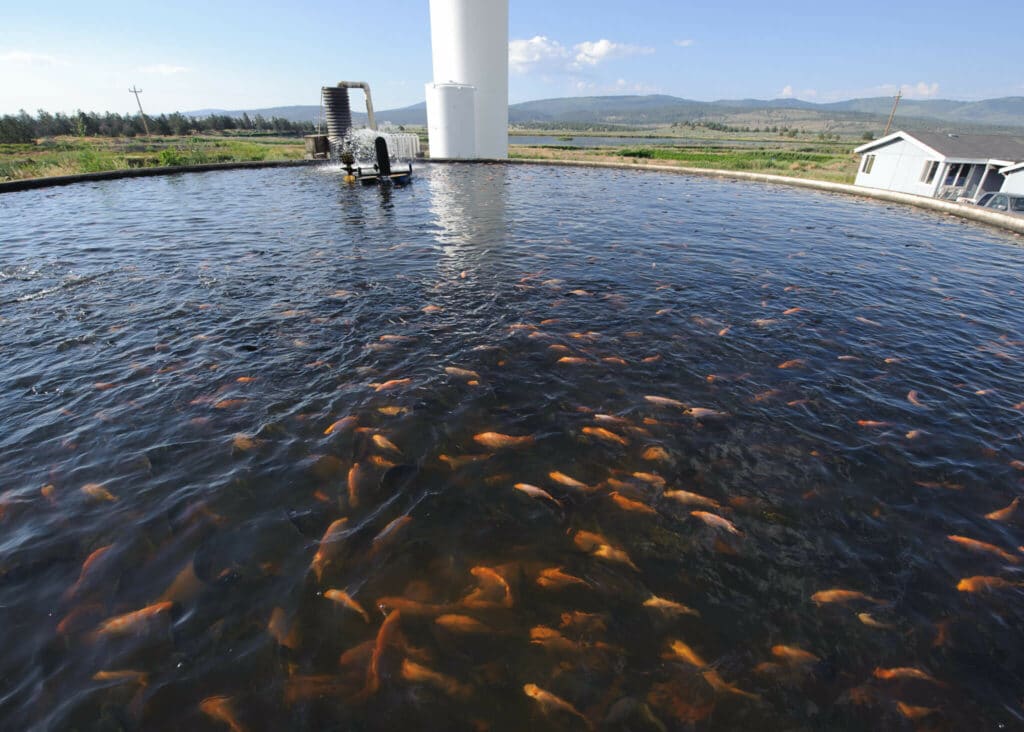As the Registered Dietitian at Skyterra Wellness Retreat, I work with the Executive Chef to ensure we craft meals from the most nourishing ingredients possible. I also advise our guests on their nutritional priorities and challenges. When it comes to seafood, one of the most common questions is, “What is the difference between farmed fish and wild-caught?”
You may already know that fatty fish, especially salmon, is an exceptional source of beneficial fats called omega-3 fatty acids, which are known to improve heart health and regulate cholesterol levels. In fact, the American Heart Association recommends that individuals consume fish at least twice a week. But not all fish are created equal. It’s easy to be confused or be misinformed about the fish you’re purchasing from the supermarket.
Farmed fish (usually labeled as “farm-raised”) is cheaper and easier to find than its wild-caught counterparts. Because of the savings and accessibility, it’s a tempting buy. Nevertheless, we urge you to purchase wild-caught. The biggest reason? Farmed fish contains higher levels of heavy metals and pollutants – including compounds known to cause cancer.
Let’s take a moment to picture a fish farm. In North America, farm-raised salmon are likely to be raised in densely-packed pens on the edge of the ocean, according to an expert from the Environmental Working Group (EWG).

In the wild, salmon mostly prey on small, oily fish like anchovies – that’s what gives them that wonderful omega-3 profile. But in farm settings, the fish eat unnatural, man-made diets. Since they are confined close to the shore, their water and food supply is more likely to be contaminated from industrial runoff. They are also likely to be fed antibiotics, to fight off infection caused by the dense population.
Due to these conditions, farmed fish have elevated levels of polychlorinated biphenyls (aka PCBs). PCBs end up in the water as a byproduct of various industrial processes. It bioaccumulates in food chains, meaning that it builds up in the bodies of the fish living and eating in contaminated waters – and could accumulate in your body as well.
The World Health Organization (WHO) considers exposure to PCBs a major public health concern. PCBs are known carcinogens and can have neurodegenerative effects on the body as well. Dioxin, a specific type of PCB found at higher levels in farmed seafood, is classified as a Group I carcinogen by the International Agency for Research on Cancer. It is known to cause cancer in humans. Dioxin also acts as an immunosuppressant, preventing the immune system from properly fighting infections and disease.

It is important to understand the ranging dangers of farm-raised fish and its implications for our immune system and overall toxic load on our bodies. Read the labels and opt for wild-caught whenever possible.
If you do eat farmed fish, limit your intake. While different fish farms may practice safer, more sustainable aquaculture, it is not usually possible to identify them by the label. Some grocery retailers, such as Whole Foods, do outline standards for their farmed fish suppliers, but in most cases, you don’t know what you’re getting.
Here at Skyterra, I encourage our guests to expand their palate! Apart from wild-caught Alaskan salmon, consider wild-caught Atlantic mackerel or Pacific sardines. Yes, even the humble sardine! Try getting started with this delicious, nutrient-packed salad.



